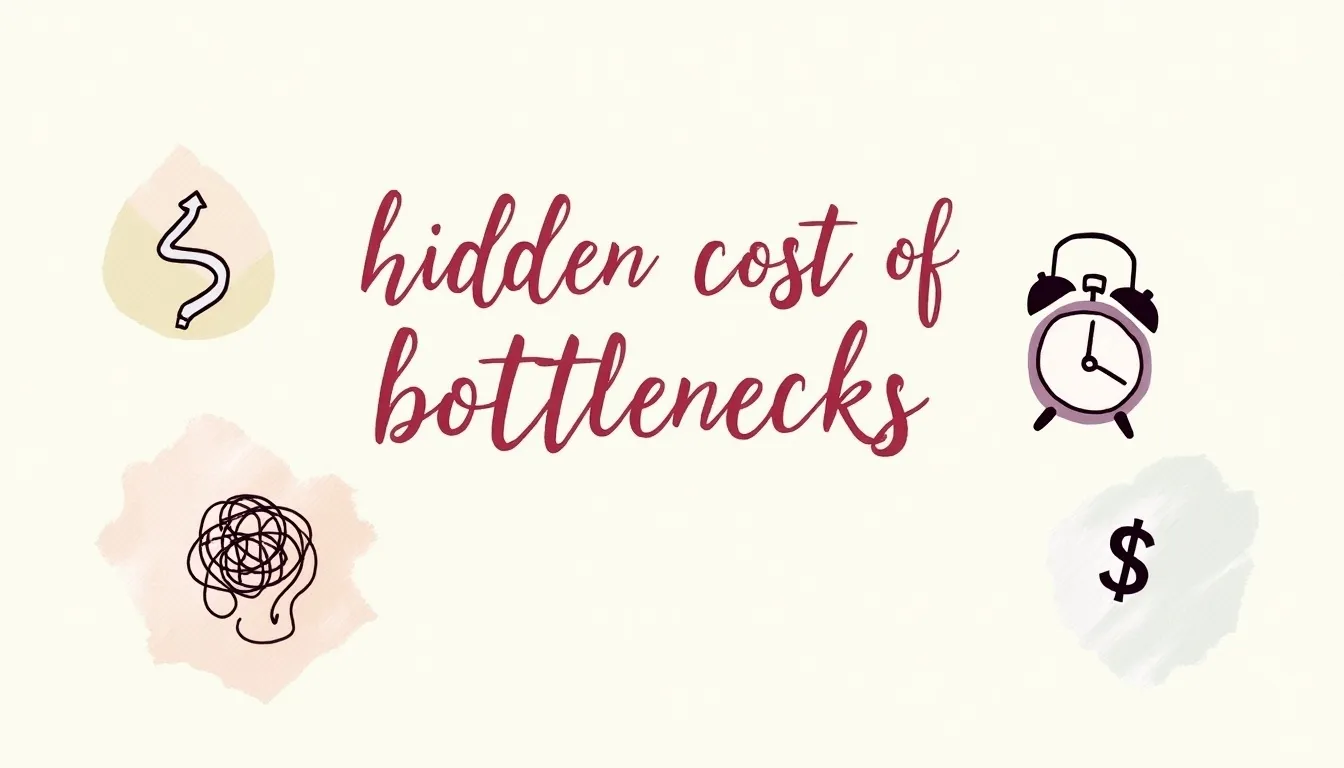Setting up a website for starting a business is quite inexpensive if you consider the revenue you could generate. In this article, we’ve given you a few steps to build your own website.
How to Build a Website for Starting a Business?
We’ve mentioned the steps you need to take to build your website.
Establish the Primary Purpose of Your Website
One of the primary reasons you build your website is to inform the audience about your company. Basically, your website acts as a mouthpiece for your business. This is why it is essential to first decide the primary purpose of your website.
Ideally, your website’s homepage should answer what your company does & how your products/services can help users. Make your CTAs & information very clear & visible so that users don’t find it challenging to navigate. We’ll further discuss how to make your web pages optimal.
Setting up your website won’t be as much work if you don’t want to accept payments. You must utilize an outside service to take payments if you are a store or service provider who wants to provide consumers the option to pay online.
Once you know what your website should be all about, you are on the right path. Let’s explore more into the exciting journey of building a website.
Pick Your Domain Name
Your domain name is probably one of the first things users see along with your homepage. Since you share your domain URL with the public, it’s one of the most important aspects of your website. Just to avoid confusion, make sure your domain name is simple, relevant & easy to remember.
You also must consider your top-level domain, aka TLD. It is the suffix at the end of your domain name(.com, .us, .org). Typically, the ‘.com’ is costlier than the rest but also is easier to remember. Once you’ve decided on a domain name, you must check to see whether it is still available & then buy it from a domain registrar.
Choose a Web Hosting Service
Every website needs a host from where its data can be accessible to every user. Since setting up a web host by yourself will cost you a ton of cash, it’s better to signup for a website hosting service. Depending on your budget, you can choose a suitable web host.
Some website builder platforms, such as Wix & Weebly have their own hosting services in their packages. However, if you want, select a 3rd party hosting service such as Bluehost, GoDaddy, etc.
You should keep on upgrading your hosting service as your business grows. This way, your website’s servers will easily be able to handle all the traffic that’s coming your way.
Build Your Web Pages
A website is much more than just a collection of web pages. Your website is not limited to your home page. So to create an eye-glazing website, you need to create highly engaging & dynamic web pages that have a specific purpose. Each page must support your primary goal so make sure you have CTAs on every page of your website.
A great website has multiple pages, such as the home page, login page, portfolio, pricing, contact us, blog page & many more. They all fill a specific purpose & drive action. To drive action, you must strategically place your CTAs & content.
Creating a good User Interface for the users’ experience(UX) is very important. Filling your website with cool graphics, body copy & intelligent placements of CTAs is the best way to go.
If your website is optimized, the user journey is seamless & it’s more likely that they’ll drive the action rather than bounce off to another similar website.
Set up a Payment Gateway
This step might not apply to every website. Still, those who want to offer customers the option to pay online will need to integrate online payment processors. Probably the best way to do that is by integrating an e-commerce software to your website, such as Stripe.
Here, you need to research which platform is the most suitable for your payment process.
Test & Publish Your Website
Before making your website live, you must check whether it is good or bad. You can do that online with many free or paid tools. You must ensure that your website is optimized for browsing on popular browsers such as Google Chrome, Mozilla Firefox, Safari, etc. Make sure that you check each & every page before publishing your website.
You also need to test your website for mobile optimization. Since a lot of traffic comes from mobile phones, it’s a crucial step you don’t want to miss.
Also, integrating an analytical platform such as Google Analytics can help you track your website’s progress to make any necessary changes.
Things to do After Publishing Your Website
Promote your website on social media
Social media platforms such as Twitter, Facebook, Instagram, LinkedIn, etc., are great for promoting your website. Doing so will get you tons of organic traffic, reach & will create brand awareness. You can also use paid ads for promotion as it’s one of the best ways to hit your goals on social media.
Whenever you update your website, service, tools or such important things, you can post it on social media. For that, you need to create quality content that is also SEO(search engine optimization) optimized. We’ll further discuss how to boost your website organically with SEO tactics.
Invest in SEO activities
Having a solid SEO strategy can boost your website to new heights on the internet. Define your title tags, meta descriptions & URLs that are relevant to your industry. It’ll help your website’s SERP rankings. Remember that each page can have a different meta description.
Keep the following things in mind when SEO optimizing your website:
Use the Right Keywords
You must select the keywords that are most relevant to your business, your industry & what your audiences are using. Perform keyword research with online tools to find out which keywords to track & target.
Have Quality Content
Publishing blogs regularly is a great way to create brand awareness & put yourself out there in the market. To increase your reach, include all the relevant keywords in your content pieces. Curate a list of topics that are relevant & trending in your industry.
Also, an important aspect to know is that you should always try to provide value to your audience rather than talk about just sales. Sales will happen if you give value to the audience first.
Boost Your Site Speed
It’s super important that your web pages load faster. You can test your page loading speed online with free tools to optimize it further for a fast loading time.
Maintain your website
Always remember that your website needs to be maintained for smooth functioning. Maintain your website so that the search engine’s algorithm deems your website to be the most relevant in the industry. Come up with fresh blogs on the latest industry trends, product updates, offers, etc.
You should also check for any software issues from time to time. If you fail to maintain, you run the risk of getting hacked.
Final Words
We’ve mentioned the founding layers of how to build a website for starting a business. If you keep the mentioned things in mind, you have already put yourself on the right track. Just be sure that you stay consistent & not lazy to generate the revenue that you always wanted.
For more such informative articles, do check our blog page.





















